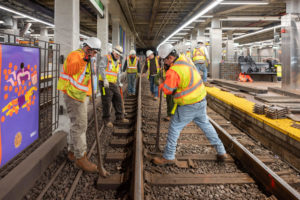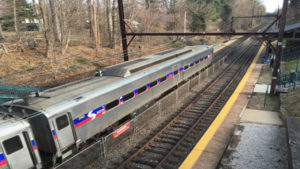Commentary—What will the future of public transit look like?
Written by David C. Lester, Editor-in-Chief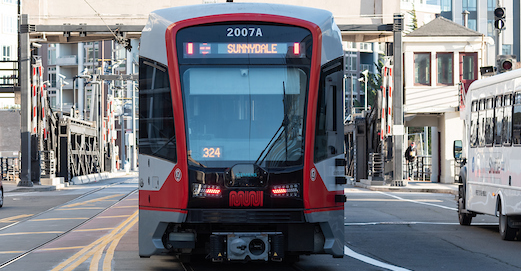
As much as we may try to ascertain, we do not know exactly what the future of public transit will look like.
Public transportation has evolved over the years to fill several important needs. An economical alternative for the journey to work when the personal automobile is either too expensive, or not practical for major congested urban areas. For example, driving a car into downtown Chicago or New York on congested streets, along with finding and paying for parking is a huge pain. As a result, transit agencies in those cities have thrived for decades. Many are attracted to public transit because the daily cost of rail fare is much lower than the cost of gasoline and wear-and-tear on their cars.
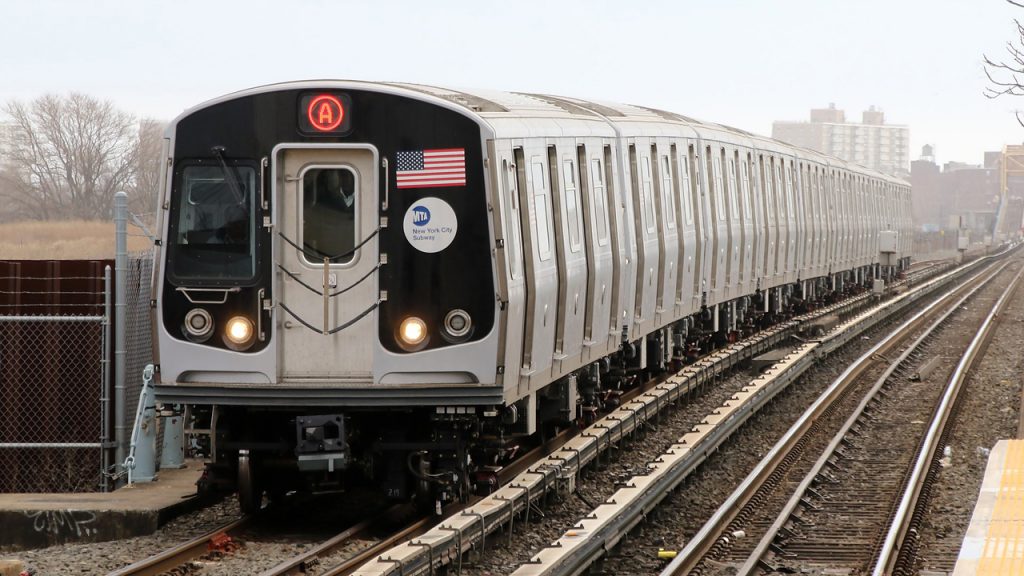
Remember that demand for public transit, like all transportation services, is what economists call derived demand. In other words, transportation services are not consumed simply because people want to ride public transit. They have a need to get somewhere, from which transportation demand is derived. The need for public transportation is built on a particular model of urban development. When cities were young, and most businesses, industries, and homes were located in or near downtown, relatively simple public transportation moved people on fairly short journeys. As spatial patterns changed and droves of people chose to live in the suburbs instead of downtown, high-capacity, high-speed commuter trains hauled thousands on the journey to work.
The ability to perform many jobs from home has dramatically reduced the demand for public transit during the past year. Many observers believe that some form of the work-from-home model is here to stay. It’s been suggested that everyone may continue to work from home, especially as some companies have decided their work force can use their home offices 100% of the time—permanently. Most believe, though, that the final picture will be a combination of working from home and visiting the office once or twice per week.
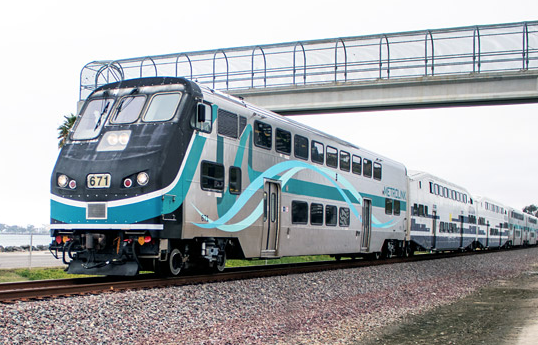
Until we achieve herd immunity from COVID-19, the inertia of the home office will continue to grow. Moreover, software and communications companies have refined offerings to make computer sharing technology more effective and easier to use. Applications like Microsoft Teams, Zoom, Slack and over 30 others are available to support various remote working functions. However, this inertia will be impacted by some people, particularly those who live alone, not wanting to work from home, or at least not every day.
Many members of the work force have jobs that do not allow them to work from home. Therefore, public transit will be very important to them.
The entire situation raises interesting questions about the future of public transit. While it’s too early to know exactly what will happen, here are some points that I believe most will agree with:
- Public transit is here to stay;
- Public transit ridership will increase from pandemic levels in the coming months and years;
- We don’t know if or when ridership will return to pre-pandemic levels;
- If working remotely continues as an attractive option for those who can do so, most will not return to public transit except for recreational events or an occasional office visit;
- Technology development to support remote work will continue to grow and improve;
- If people are traveling to their office only one or two days a week, they may choose to use their private automobiles instead of transit;
- The route structure and train frequency of existing systems may need to change if ridership patterns don’t return to pre-pandemic models;
- Downsizing of systems may be needed if remote work remains the same or grows, particularly in the larger urban areas.
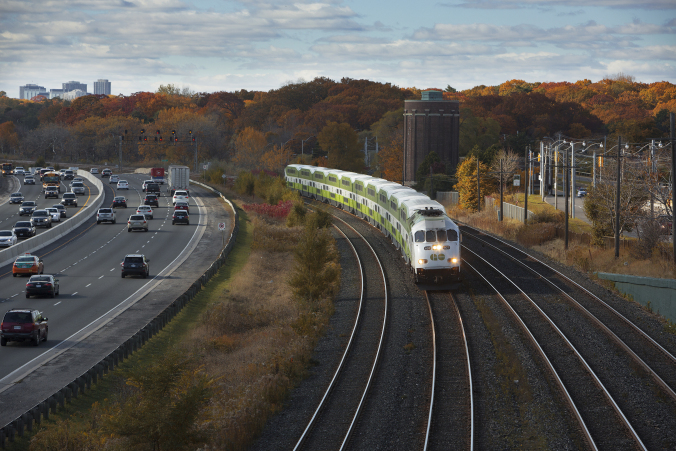
For now, I think it’s prudent for transit agencies to continue to grow their systems according to pre-pandemic plans. We cannot afford to delay important infrastructure projects, then learn later that, for whatever reason, public transit ridership demand exceeds pre-pandemic levels.

